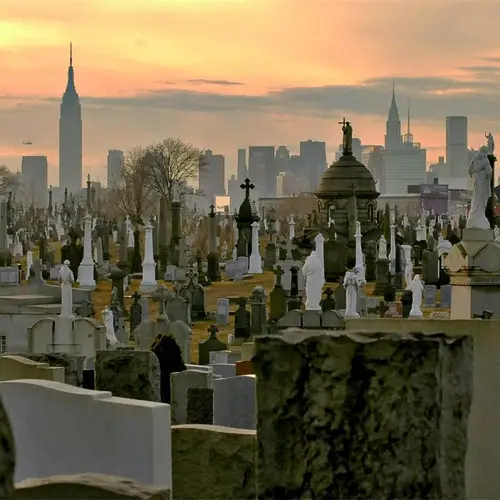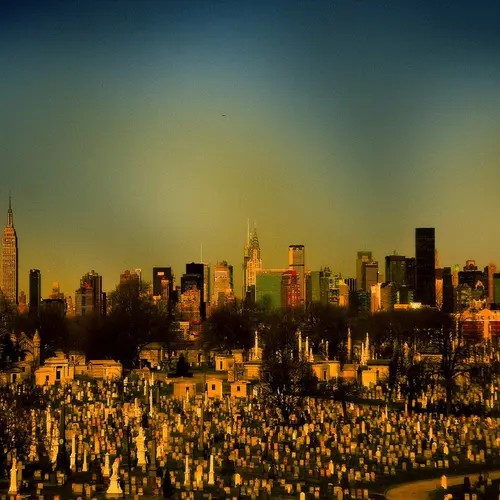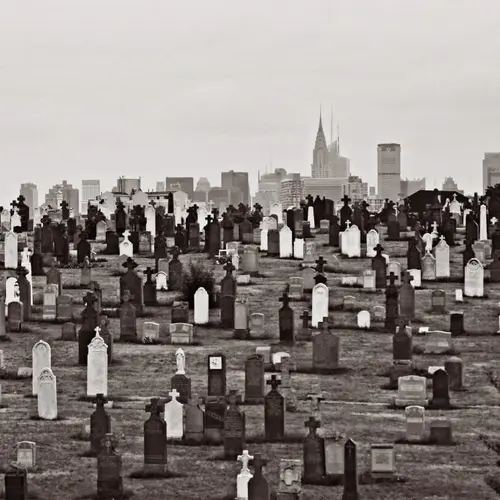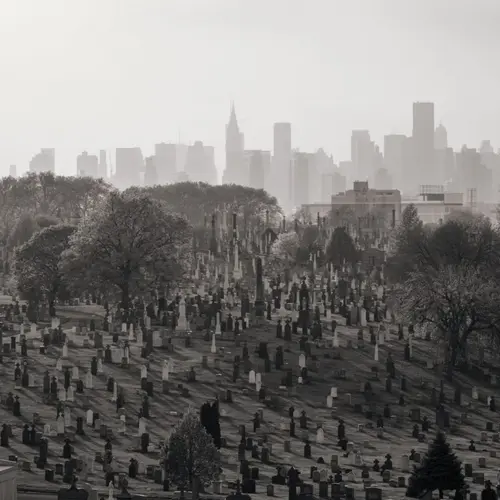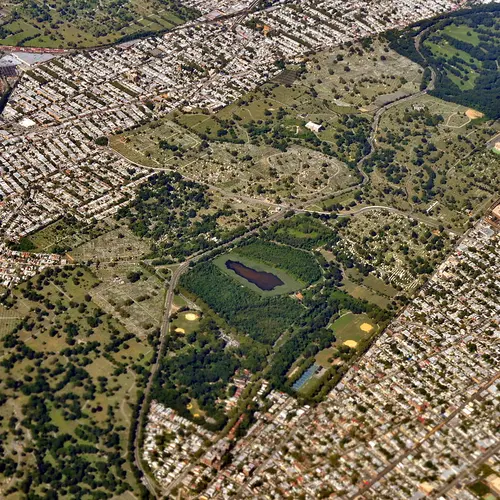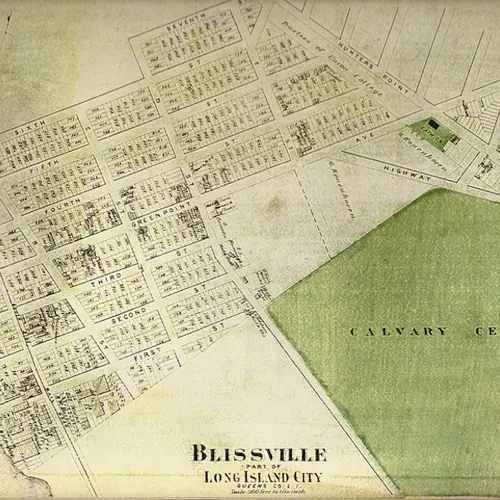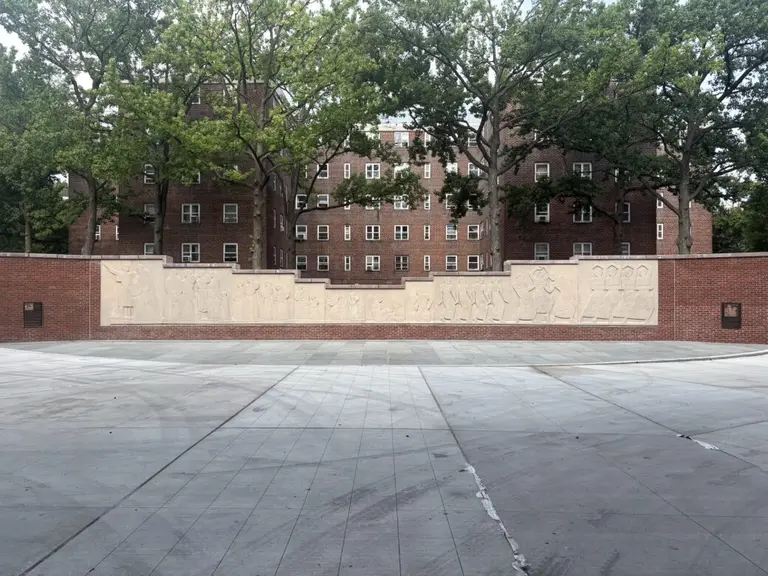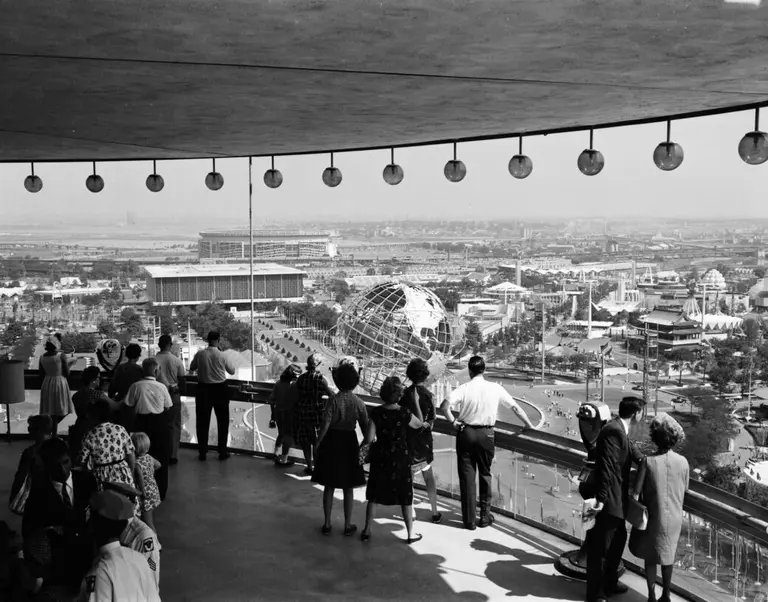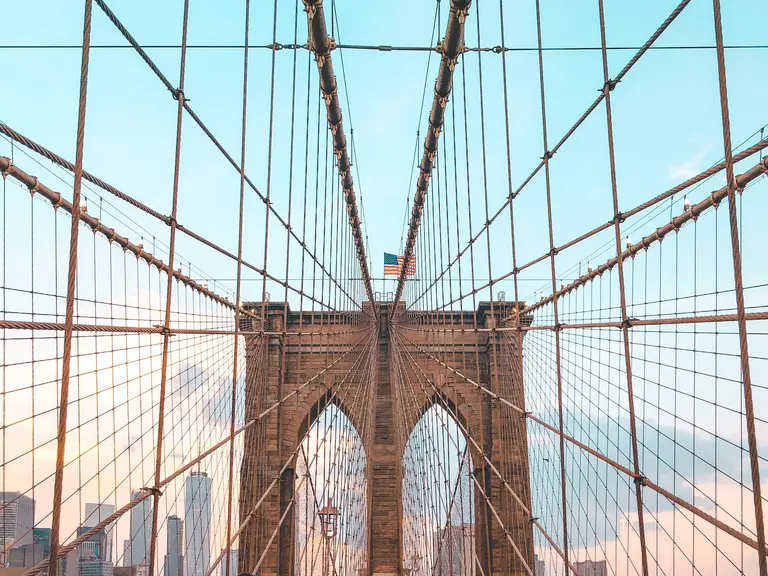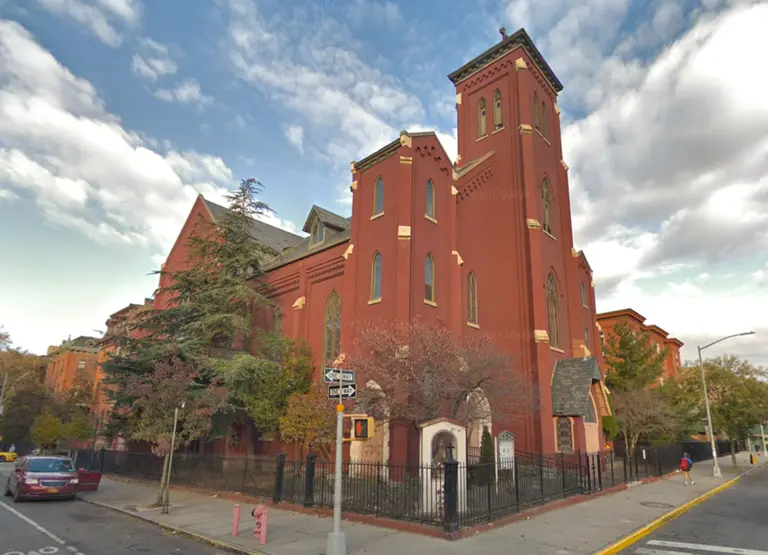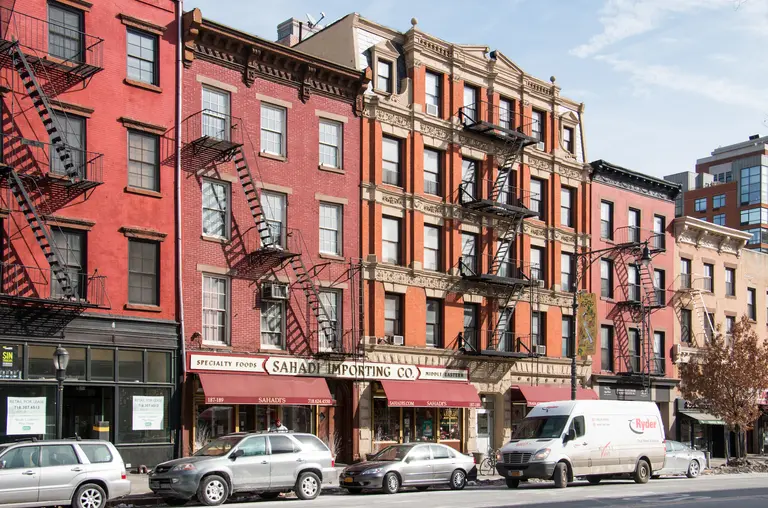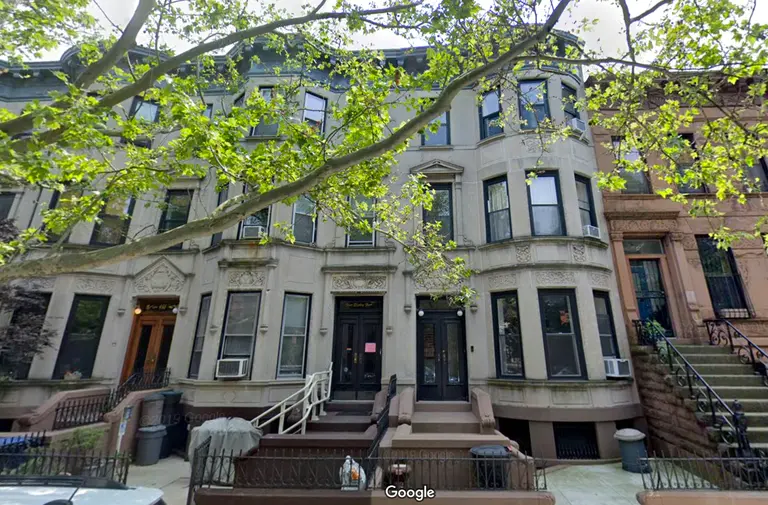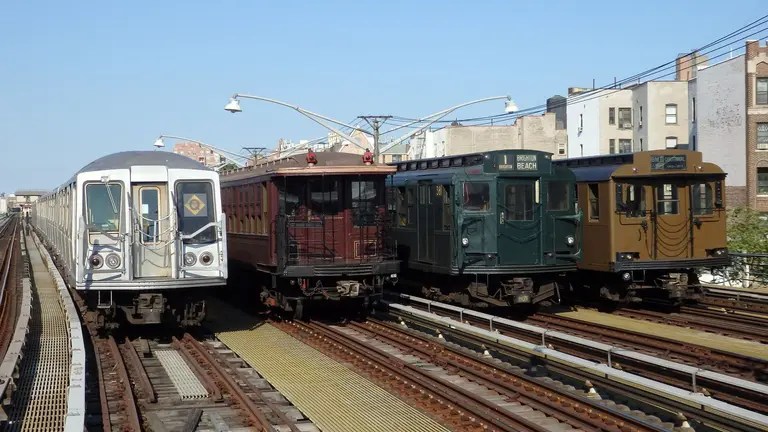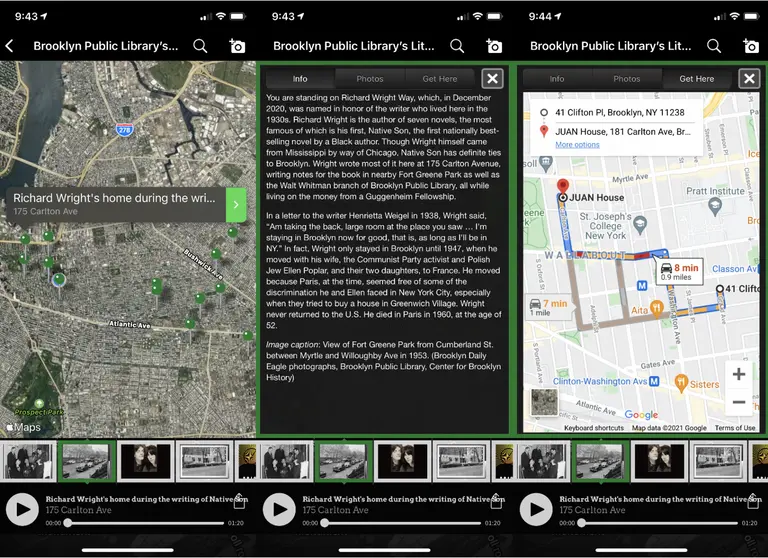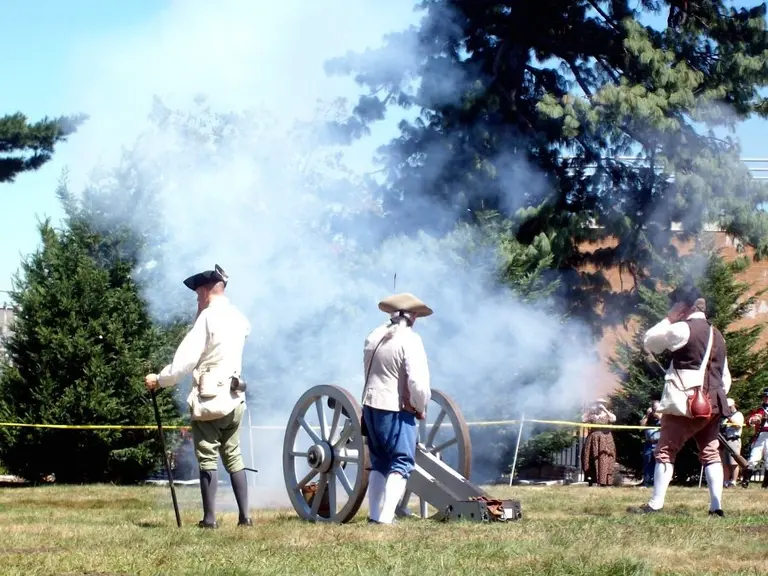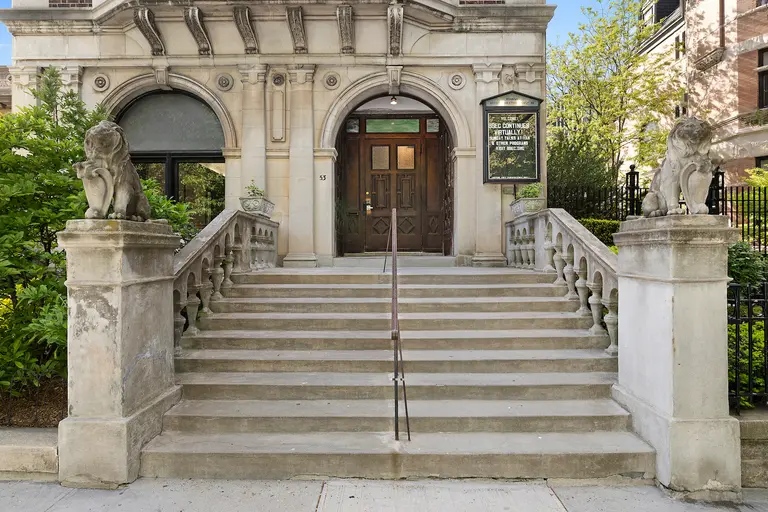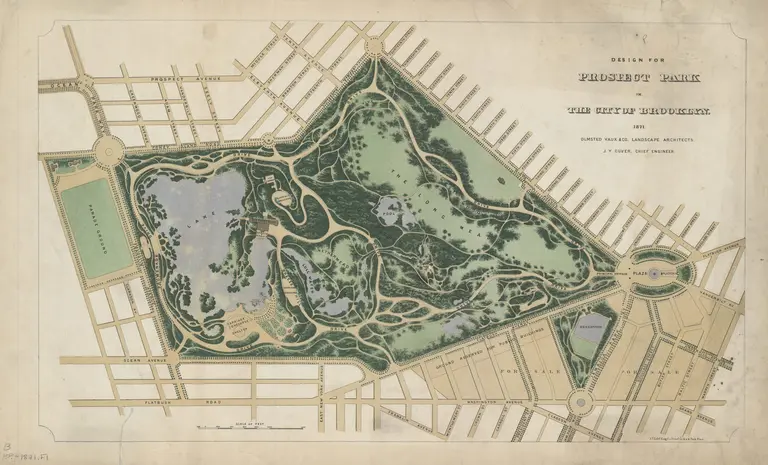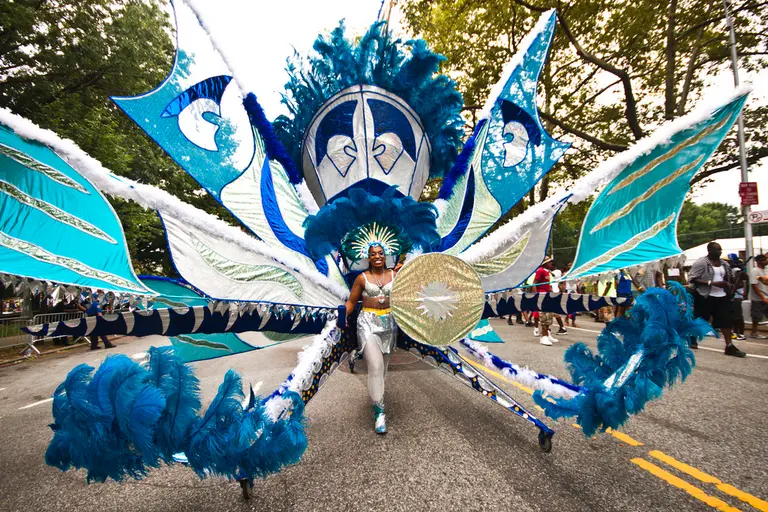Five million dead in Queens: The history of New York City’s ‘cemetery belt’
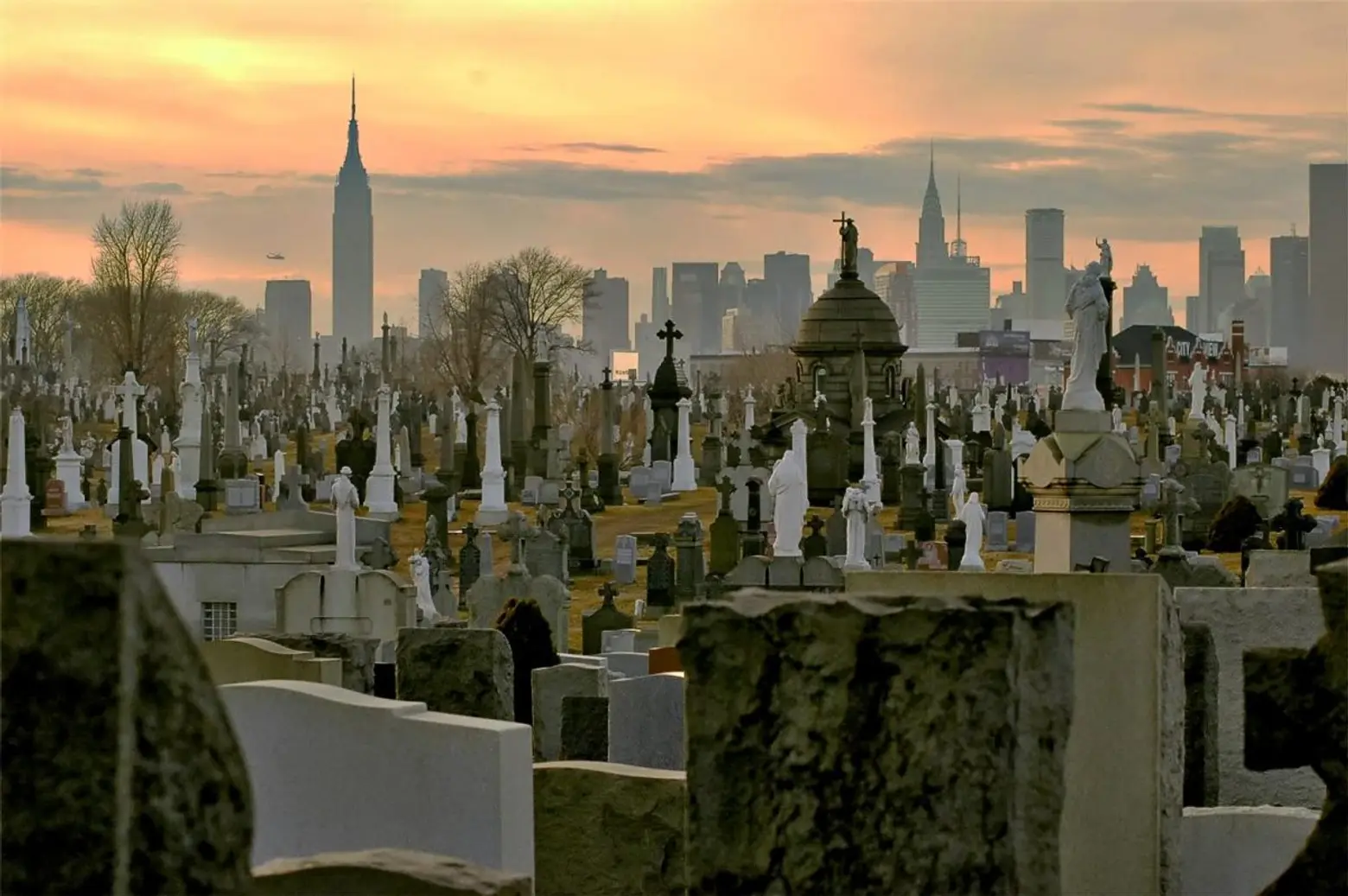
You may have noticed when driving from Queens to Brooklyn that at some point you find yourself surrounded by a sea of headstones in every direction. The city’s “cemetery belt”–reportedly visible from space–stretches for two and a half miles along the Queens/Brooklyn border and is so populous that there are more than twice as many dead people in Queens than living ones. What’s up with this cemetery city?
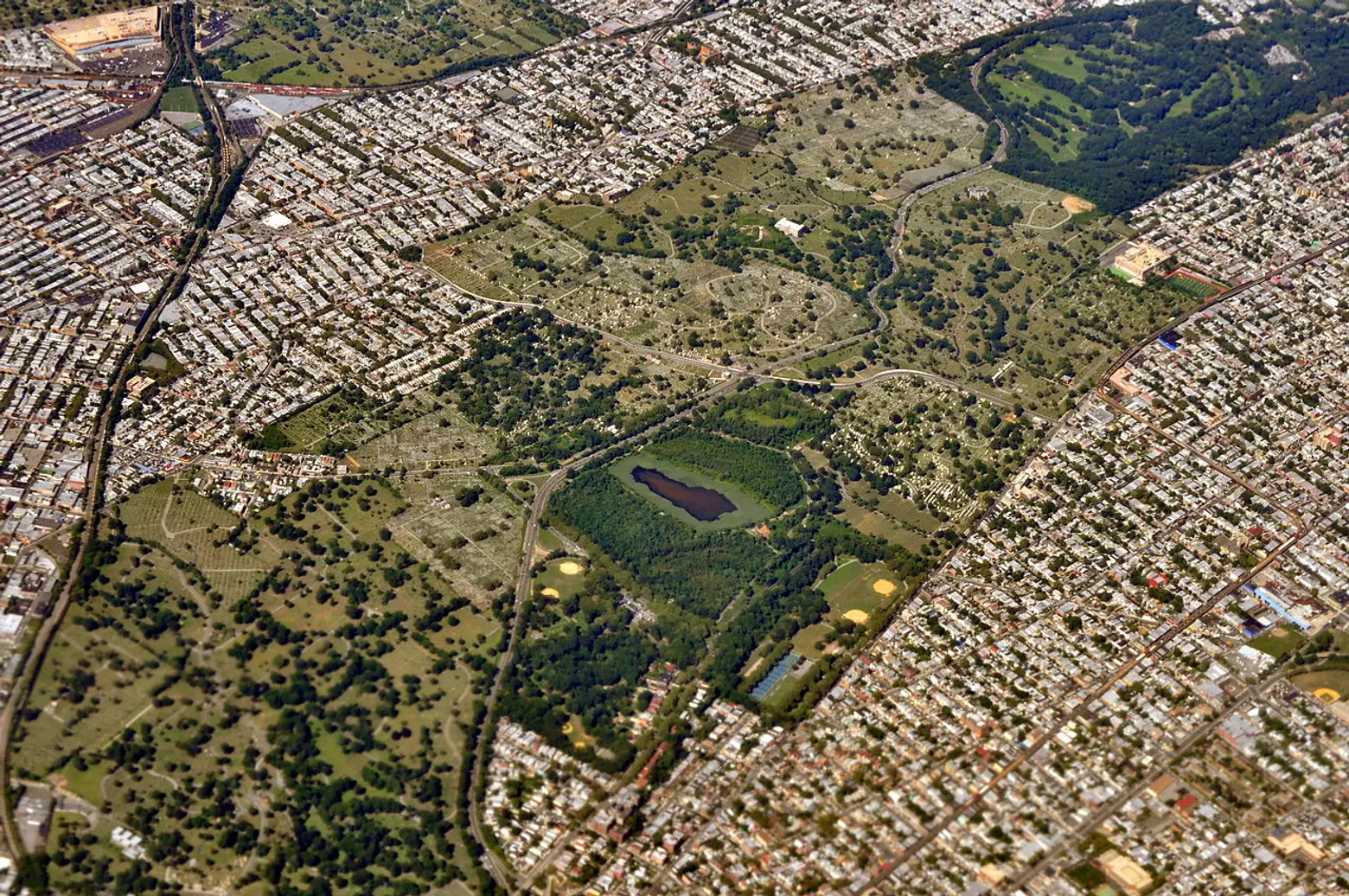
Aerial view of Mt. Judah and other cemeteries in Queens. Photo: Joe Mabel/CC
The reason a dozen cemeteries line the Queens border dates back to the early 19th century. The New York Times informs us that as the city’s population–especially in Manhattan–began to explode, it was getting difficult to find space to bury the dead. Churchyards and private burial plots were becoming surrounded by buildings; bodies were simply piled into shallow graves. This, of course, became a nuisance and a health hazard. By 1822, odors wafting from city cemeteries were, to put it mildly, becoming a concern. A series of cholera outbreaks between 1832 and 1849 exacerbated the problem. All burials were prohibited on the island of Manhattan in 1852.
To provide a solution to the obvious dilemma, the city government passed the Rural Cemetery Act in 1847. Cemeteries on city borders–like the bucolic Père Lachaise in Paris, Mount Auburn in Boston and Brooklyn’s own Green-Wood–provided inspiration. The law allowed religious institutions and other entities to acquire tax-exempt property for burial sites in undeveloped areas.
Cemeteries became big business. The undeveloped areas along the Queens-Brooklyn border, open but rocky and unsuitable for farming attracted a rush of land speculators who snapped up neighboring plots. Building a cemetery on this land wasn’t necessarily selling it short; cemeteries were popular leisure destinations at the time–during the 1860s, Brooklyn’s Green-Wood rivaled Niagara Falls as a top tourist site.
As the city grew, not only was this verdant cemetery belt a primary destination for the dead; in familiar New York City fashion it became affordable burial for many who were, in effect, priced out of Manhattan. Rising property values led Manhattan’s graveyards to relocate their residents as “hundreds of thousands of bodies were exhumed and taken by cart and boat to new final resting places, sometimes in the dead of night, to limit the number of onlookers.”
Today, even the outer-borough land is getting tight as development encroaches from all sides. Calvary Cemetery in Queens, final resting place of three million Catholics, and Brooklyn’s Jewish Washington Cemetery, have been completely developed though both have made sure to find additional space for burials. Any new cemetery land would have to be approved by the City Council (in other words, don’t hold your breath).
[Via NYTimes]
Lead image: Plowboylifestyle/CC
RELATED:
- Families of city’s unclaimed dead receive more access to graves on Hart Island
- Columbia’s DeathLab proposes a suspended cemetery of pods under the Manhattan Bridge
- You Can Buy the Last Two Burial Plots in Manhattan for $350,000 Each
- Grave Concerns: Do Cemeteries Affect Real Estate Prices in New York?
